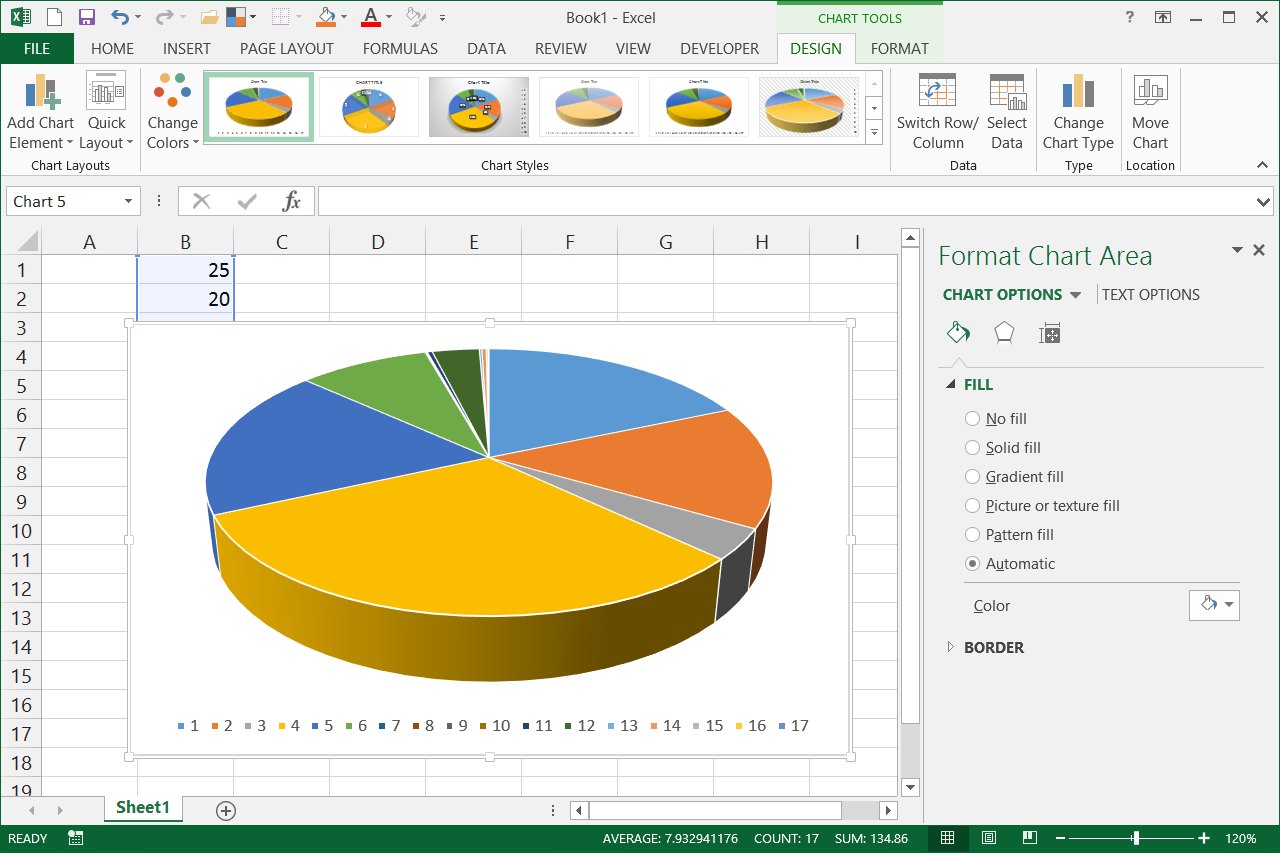

A good indicator of something being wrong is when the percentages do not sum up to 100%, like in the infamous Fox News pie chart. The data therefore must not only sum up to a meaningful whole, but the values need to be categorized in such a way that they are not counted several times. Slices have to be mutually exclusive by definition, they cannot overlap. This may work in some cases, but in others it can be difficult to come up with one (when the other cases are not known), or that category may end up obscuring some of the meaningful data (e.g., by being the largest category). There is one way around this issue, which is to have an other category in the chart. Clearly, there are other meanings of “bar” (take bar mitzvah or bar none, for example), and the sample is very artificial (there are also too many slices, see below). The total of such a subsample is not meaningful, and neither is the comparison of each individual value to the artificial whole.Īnother example that Chandoo used recently is counting uses of words. It makes no sense to show five different occupations in a pie chart, because there are obviously many missing. If the parts do not sum up to a meaningful whole, they cannot be represented in a pie chart, period. If a company has five divisions, and the pie chart shows profits per division, the sum of all the slices/divisions is the total profits of the company.


What this means is that the pie chart first and foremost represents the size relationship between the parts and the entire thing. Enlarge one part, and other parts will need to shrink. Take out one slice, and the whole will be missing exactly this part. Add up all the slices and you get the complete pie. The pie chart is actually a very clever visual design that conveys one fact above all others with a minimum of visual cues: that the circle (the “pie”) represents some kind of whole, which is made up of the slices. In addition to issues stemming from using too many categories, the biggest problem is getting the basic premise: that the pie slices sum up to a meaningful whole. But few people actually understand the function of the pie chart and how to use it properly.

Pie charts are perhaps the most ubiquitous chart type they can be found in newspapers, business reports, and many other places.


 0 kommentar(er)
0 kommentar(er)
